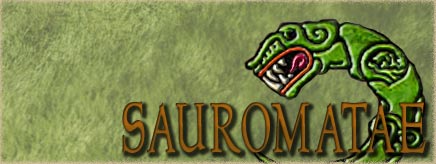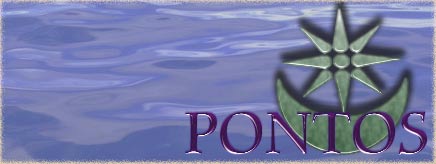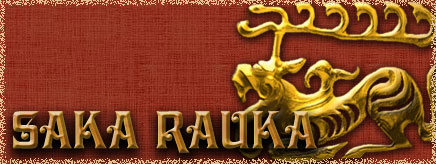Hi Perditrix Mundorum, welcome to the .Org!
Unfortunately the list on the opening page of the thread does not include all of the descriptions which have been completed internally. I am sorry to inform you (and everyone else) Delta Neilou, Heptanomis and Thebais: the three northern Egyptian provinces have already been completed (Alexandria being within the first).
I thank you for your interest, and if another province takes your interest, please let us know.








 Reply With Quote
Reply With Quote















Bookmarks